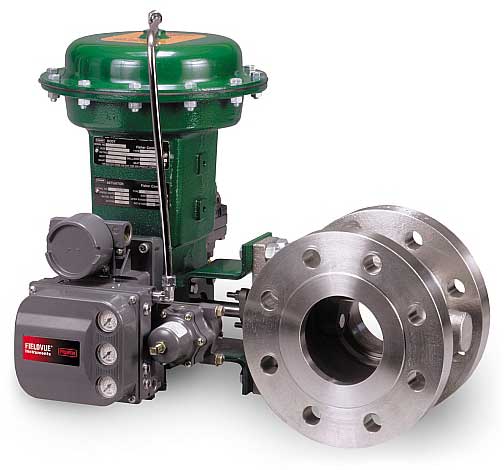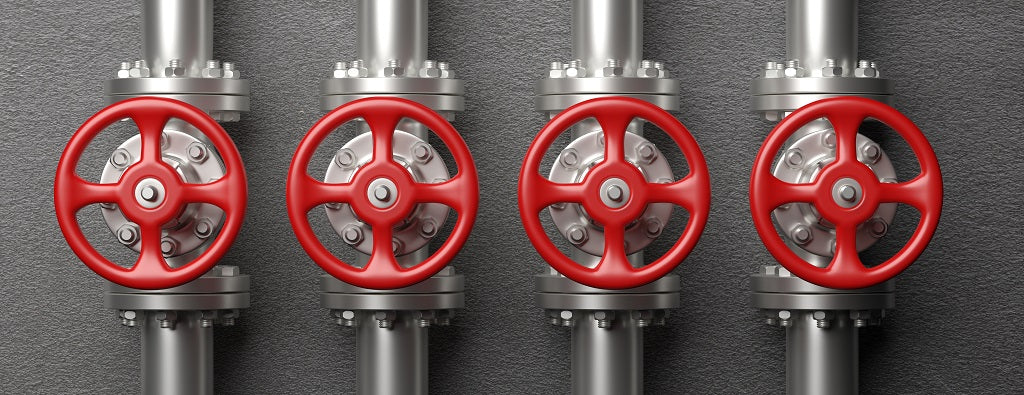Achieve Seamless Assimilation and Control With Top Quality Structure Automation Controls
In the realm of contemporary building administration, the value of quality building automation controls can not be overstated. Accepting high quality structure automation controls is not just a matter of convenience however a critical crucial for companies aiming to enhance their facilities' performance and sustainability.

Evolution of Structure Automation Controls
Throughout the past couple of decades, the advancement of developing automation controls has dramatically transformed the way structures are handled and operated. Initially, constructing automation systems mostly concentrated on standard functions such as managing heating, air flow, and air conditioning (A/C) systems. However, as innovation progressed, these controls have come to be much more innovative, enabling a broader variety of building systems to be incorporated and handled centrally.
The evolution of building automation controls has actually seen a change towards even more intelligent systems that can adjust to altering conditions in real-time. This flexibility is important for maximizing energy performance and ensuring resident comfort. Additionally, modern building automation controls now offer features such as predictive maintenance, remote monitoring, and information analytics, enabling facility supervisors to make data-driven choices to improve building efficiency.

Benefits of Top Quality Integration
The innovation in building automation regulates towards more intelligent systems has underscored the significant advantages of quality integration in optimizing structure procedures and boosting overall efficiency. Quality integration of developing automation controls uses a number of crucial benefits. It leads to enhanced energy efficiency by permitting various systems to function together effortlessly, making sure ideal performance and decreasing energy wastage. Secondly, top quality integration enhances occupant comfort and productivity by enabling customized control over environmental setups like illumination, temperature level, and air high quality. This personalization can result in an extra helpful and comfy working or living atmosphere. Additionally, quality combination simplifies maintenance and repairing processes, as all systems are interconnected and can be monitored and managed from a central interface. This centralized control additionally offers far better exposure and understandings right into building performance, making it possible for proactive maintenance and optimization approaches. In general, the benefits of top quality integration in building automation controls are indisputable, offering enhanced efficiency, comfort, and functional effectiveness.
Improved Individual Experience and Availability
Enhancing customer communication with building automation manages through intuitive style and improved ease of access raises the general experience for passengers and facility managers alike. By focusing on individual experience, developing automation systems can end visite site up being much more straightforward and efficient. User-friendly user interfaces, clear navigating, and personalized settings equip customers to connect with the controls easily and properly.
Access attributes play an essential role in ensuring that all people, consisting of those with impairments, can utilize the structure automation regulates easily. Integrating attributes such as voice commands, tactile switches, and color-contrasted screens can enhance availability and make the controls much more comprehensive.
Furthermore, boosted individual experience leads to greater user satisfaction, boosted productivity, and far better decision-making. Residents can readjust environmental settings according to their choices, while facility supervisors can successfully check and take care of building systems - control valves. In general, prioritizing customer experience and ease of access in structure automation controls adds to an extra productive and seamless building setting for all stakeholders entailed
Sustainable Practices With Automation

Moreover, automation can facilitate the integration of renewable resource resources such as solar panels or wind turbines right into structure operations. By immediately readjusting power usage based on the schedule of renewable resource, structures can further minimize their dependence on non-renewable resources. This seamless integration of sustainable practices not only benefits the atmosphere yet additionally enhances the general functional performance and cost-effectiveness of the building. Through automation, buildings can align with contemporary sustainability goals and add to a greener future.
Future Trends in Structure Control Systems
One prominent fad shaping the future of structure control systems is the increased assimilation of Artificial Intelligence (AI) and maker knowing. In addition, the Internet of Points (IoT) is transforming structure control systems by linking devices and sensors to simplify operations and boost efficiency.
One more vital trend is the emphasis on cybersecurity procedures to click protect against possible threats to developing automation systems. As structures become a lot more interconnected, ensuring robust cybersecurity procedures will certainly be vital to safeguard sensitive data and protect against unauthorized accessibility.
Moreover, the shift in the direction of cloud-based systems is gaining momentum, enabling for streamlined control and remote accessibility to structure systems. This facilitates simpler tracking, upkeep, and updates, boosting the overall performance and versatility of structure control systems. As modern technology continues to advancement, these patterns are expected to shape the future landscape of structure automation controls, driving innovation and sustainability in the built setting.
Final Thought
To conclude, constructing automation controls have actually advanced significantly, providing many advantages such as boosted customer experience, accessibility, and lasting practices. Quality integration why not try this out plays an essential role in accomplishing smooth control and reliable procedure of structure systems. Future trends in building control systems are most likely to concentrate on additional boosting automation capacities for enhanced power effectiveness and general performance. It is crucial for building owners and drivers to focus on the adoption of quality structure automation manages to enhance building operations and attain lasting sustainability goals.
In the realm of modern-day building administration, the relevance of quality structure automation controls can not be overstated. Overall, the evolution of building automation controls proceeds to drive development in the structure administration market, using new possibilities for creating smarter and much more lasting buildings.
The development in building automation manages towards more intelligent systems has emphasized the substantial benefits of high quality combination in enhancing structure procedures and improving overall efficiency. Overall, prioritizing user experience and accessibility in structure automation regulates adds to a more effective and seamless building environment for all stakeholders involved.
It is important for structure proprietors and drivers to focus on the fostering of high quality building automation controls to maximize structure operations and achieve long-lasting sustainability objectives. - control valves